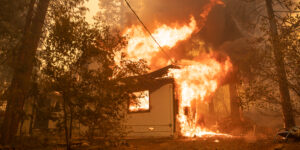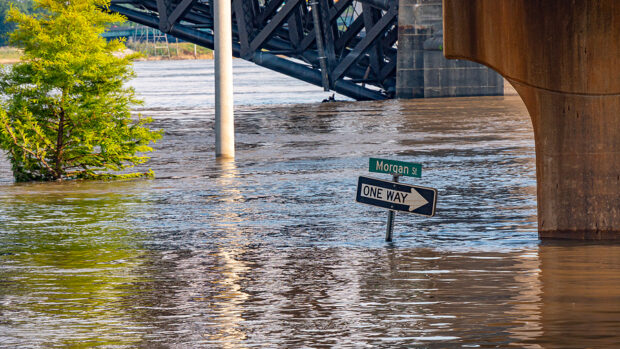As spring gets under way, warmer temperatures means rapid snow melt and more storms leading to the potential for river flooding.
River flooding is classified as Minor, Moderate or Major based on water height and impacts along the river that have been coordinated with the National Weather Service and local officials, according to a National Oceanic and Atmospheric Administration (NOAA) alert.
“Minor river flooding means that low-lying areas adjacent to the stream or river, mainly rural areas and farmland and secondary roadways near the river flood,” the alert explained.
Moderate flooding occurs when water levels rise high enough to impact homes and businesses near a river, requiring some evacuations. Larger roads and highways may also be impacted.
Major flooding occurs when extensive rural and/or urban flooding is expected. Towns may be isolated and major traffic routes may be flooded. Evacuation of numerous homes and business may be required, the NOAA alert stated.
An additional level of flooding, known as record flooding, occurs where the water reaches a level higher than it ever has been recorded before. The result can cause extensive damage or no damage.
Oftentimes, flash floods can occur within minutes and sometimes without any sign of rain so it is best to be prepared beforehand.
NOAA recommends creating a communication plan to keep family members in the loop as well as assembling an emergency kit. Food, water, medicine, blankets, generators are all important in case water service or electrical power is disrupted.
It’s also a good idea to know your flood risk and whether your home or business is located in a flood zone.
Lastly, the agency recommends signing up for notifications related to inclement weather



















